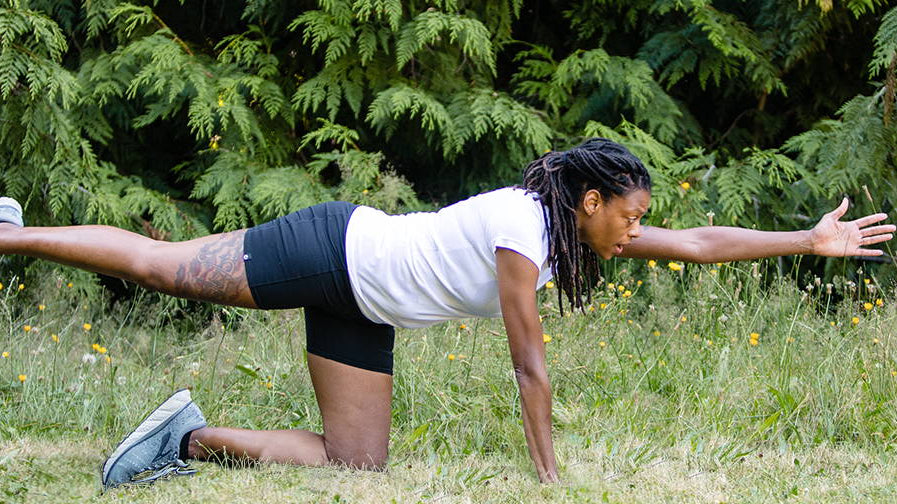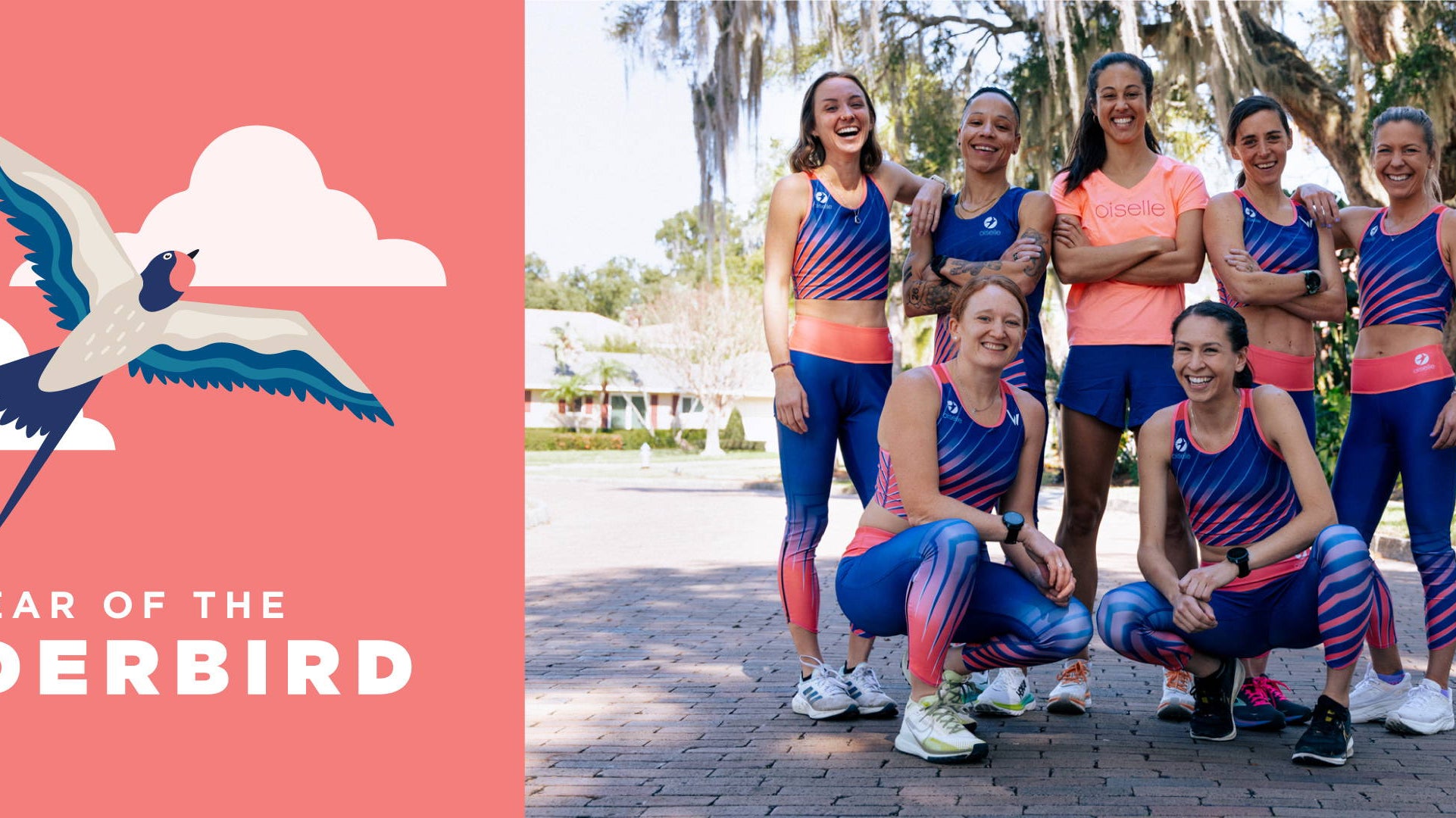To celebrate Giving Tuesday, we are honored to lift up Bras for Girls – a nonprofit dedicated to providing free sports bras and breast development education to girls in need. Oiselle has donated over 17,000 bras to Bras for Girls over the life of the program – and Bras for Girls has provided bras to more than 27,000 girls so far!
In March 2021, we announced a new bra designed to support a wide variety of bodies that also donated a bra to the Bras for Girls program for every one sold.
This Giving Tuesday, November 29, Oiselle is donating one bra for every order made on oiselle.com.
But gear is only half of Bras for Girls' main methods of outreach...
One consistent feedback point from coaches and program leads has been that the breast development education booklets are perhaps even more impactful than the free sports bra, because they open up conversations and provide language for girls to normalize body changes. As Josephine beautifully reflects below, a few pages can be transformative.
The Power of a Booklet
If you ever read “The Care and Keeping of You: The Body Book for Girls,” you might know what I mean when I refer to THAT page. Actually, maybe there are a few pages in there you might be thinking of. If you’ve never had the pleasure of reading "The Care and Keeping of You," published by the American Girl Doll company in 1998, let me provide you with some imagery.
In my head there are two pages that stick out: one page discussing breast development and different bras that support certain activities or breast types, and one page with a very thorough step-by-step for inserting a tampon – anatomically correct and everything!
Even though this is representation for roughly 50% of the population, why were we so taken aback by these pages? I remember reading the book around age 8-9 and feeling a mix of emotions: confusion (Am I supposed to be wearing a bra right now? How does a tampon not get lost in there?), fear (Are my parents going to be mad that I’m looking at this? What if everyone knows that I’m wearing a bra or am on my period?) - but also, that sense of feeling seen that you get from seeing yourself represented. Specifically, I remember there being an East Asian girl illustrated on the bra fitting page – someone who looked like me! Even though her body or breasts didn’t look like mine at the time, I remember feeling special – someone took the time to draw someone who looked like me. There was also a blonde girl who wore a sports bra – even though I wasn’t blonde or White, I felt the same sense of special-ness – I liked playing sports and running around, maybe when I get a bra I’ll get to try out a sports bra! It looks fun! In the midst of that discomfort and uncertainty of how my body would change in the coming years, there was also a sense of excitement that I would get to choose a bra that reflected me in a special way.
Even now, in talking to other friends who’ve read "The Care and Keeping of You," conversations about this shared core memory always spin into recollections of the ways we became self-aware of these bodies we have. We swap stories about experiencing those dreaded changes the book foretold – changing in locker rooms for the first time, locking ourselves in a bathroom with a mirror to inspect the goods, or that uncomfortable first bra/pad-or-tampon shopping experience. What used to be a source of embarrassment and worry, now transformed into laughter, camaraderie, and trying to one-up each other’s stories in awkwardness. Those conversations – which of course, also include us talking about the bras we’ve tried that do work for us – remind me of that same feeling of special-ness I felt when I first saw myself reflected into those bra-fitting pages.
If you would like to help provide more bras and booklets to girls through Bras for Girls, please consider a donation here.
And to learn more about the Bras for Girls mission of increasing girls' access to sports with education and gear, visit brasforgirls.org.










